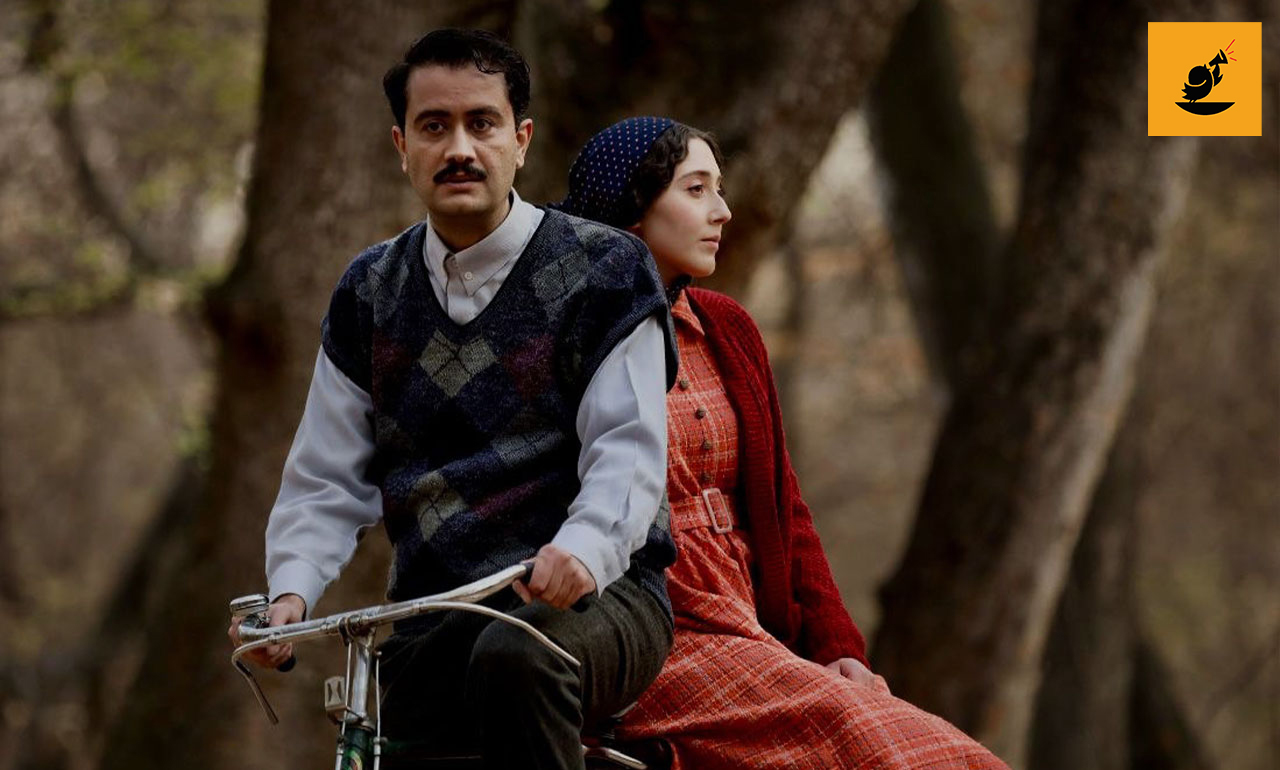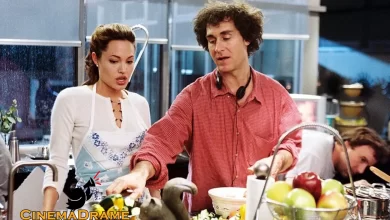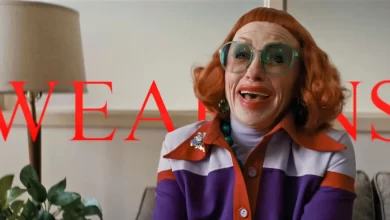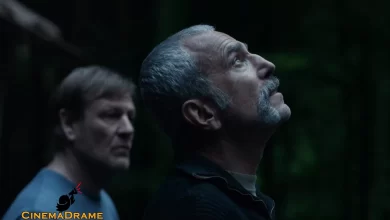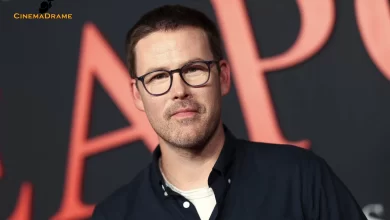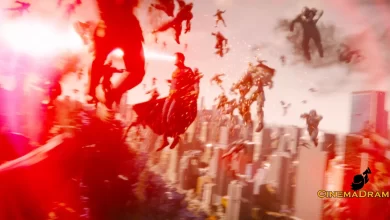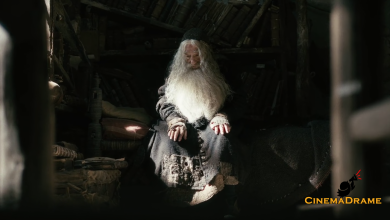Information and review of the movie “The Miracle of Parvin”
The life of a famous poet on the screen
A creation by Mohammadreza Varzi and Mohammadreza Sharifinia, featuring Maral Baniadam as
Parvin E’tesami
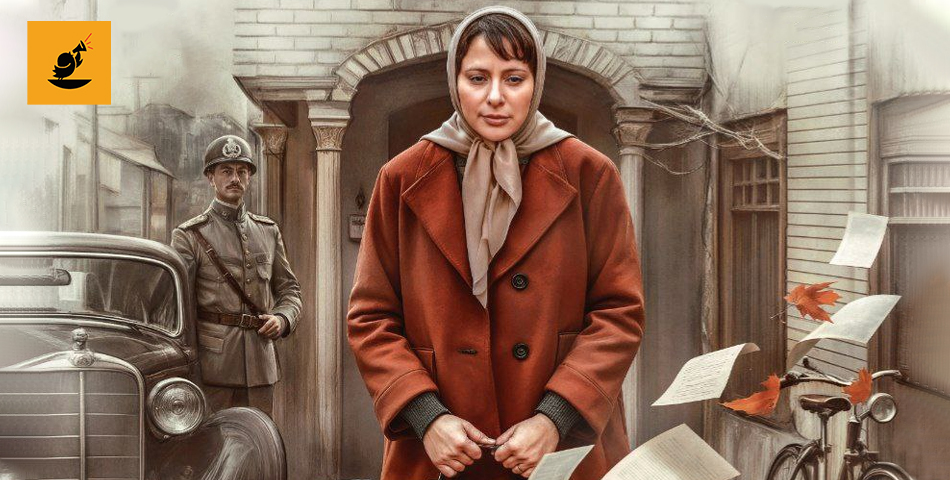
Mohammadreza Varzi, a prominent television director who has created historical works such as The Puzzle of Shah and The Years of Constitutional Revolution, presents The Miracle of Parvin for theatrical release. In this article, we take a look at the text and surrounding aspects of the film.
Summary of the Movie The Miracle of Parvin
As the title suggests, the movie The Miracle of Parvin, or in its latest change, the movie Parvin, is about the life of Parvin E’tesami, the renowned contemporary poet. Her life, from her youth to the moment of her death, is filled with events. The makers of The Miracle of Parvin decided to change the title of the film to Parvin.
Cast and Crew of The Miracle of Parvin
Maral Baniadam, Azita Hajian, Mohammadreza Sharifinia, Hossein Pakdel, Mohammad Ali Najafi, Amirhossein Sedigh, Ramin Nasser Nasir, Reza Fayyazi, Bijan Banafshekhah, Yousef Sayyadi, Hesam Nobaveh Safavi, Melika Sharifinia, Mohammad Shabanpour, Elaheh Jafari, Mohammadreza Shahbani Noori, Maryam Varzi, Mohammad Sarban, Majid Jafari, Shahrad Banki, Abbas Ali Mohammadi, and Amir Reza Anvarian are among the actors who have played roles in this film.
Mohammadreza Varzi, in his latest project after many years of working in television and producing works about contemporary Iranian history during the Pahlavi era, has ventured into making a film about the life of Parvin E’tesami. Mohammadreza Sharifinia, who has been a close friend and collaborator of Varzi in the past decade, is the producer of this film, which is a joint production of the Farabi Cinematic Foundation and the Ministry of Cultural Heritage and Tourism. Behzad Abdi is composing the music for this work.
The crew of Parvin includes: Director of Photography: Farshad Khaleghi, Mehdi Hosseini Vand, Editor: Mehdi Hosseini Vand, Composer: Behzad Abdi, Sound Director: Arslan Kian Erthi, Makeup Artist: Shahram Khaleji, Set Designer: Masoud Ostadi, Set Decorator: Sofia Shakri, Costume Designer: Roya Ebrahimi, First Assistant Director: Rouham Makhdoumi, Production Manager: Hossein Mottahed, Script Supervisor: Saharnaz Ziaei, Photographer: Ahmadreza Shojaei, Color Grading and Lighting: Nima Dabirzadeh, Sound Design: Mehrdad Jolkani, Special Effects: Arash Aqabik, Produced by: Ministry of Cultural Heritage, Tourism, and Handicrafts and Farabi Cinematic Foundation.
Immediate Review of Parvin
Mohammadtaghi Fahim, a veteran film critic, wrote:
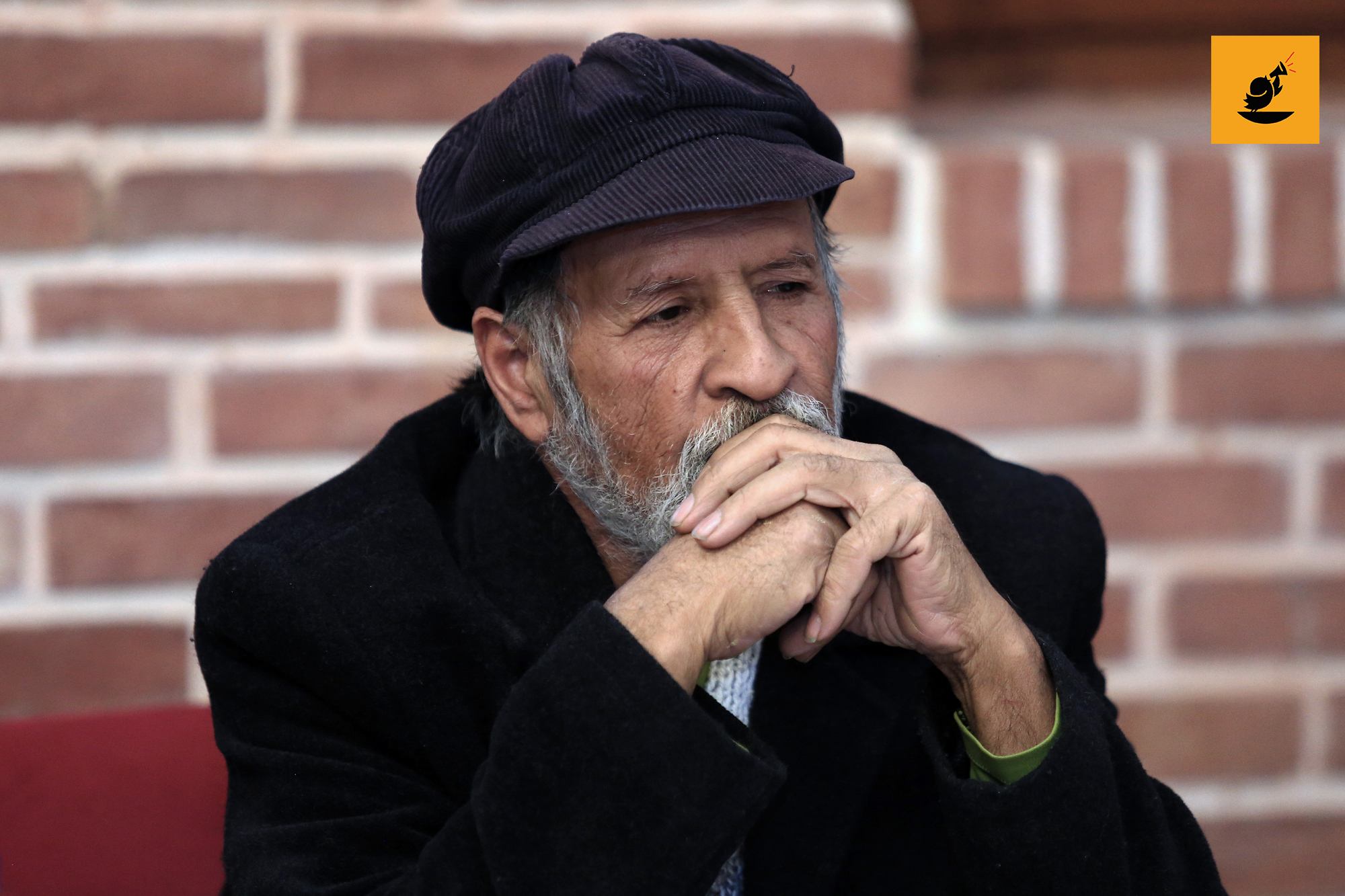
Pretentious; Parvin
The film Parvin directed by Mohammadreza Varzi, as the title suggests, is a portrait of the famous Iranian poet, Parvin E’tesami. Finally, Varzi has made his best work, but not in the sense that he has created an excellent film; rather, Parvin stands above his other works in his career. The film showcases the grandeur and magnificence of the architecture from Parvin’s era, with set and costume design, as well as scene details, that are believable. Even the pacing of the film is good, but the main weakness is the “POV” of the characters and the lack of strong character development. The film begins with the narration of Parvin’s brother and continues until her death, with the narrators changing constantly. None of the characters develop into proper personalities, and they don’t even reach acceptable stereotypes; for example, the barefooted woman, who has now become a representative of the lower class in Varzi’s works, feels fake and shallow. Even Parvin’s brother (Amirhossein Sedigh) is an accessory, like other significant figures in literary history who are devoid of the necessary depth and substance… Nevertheless, the film Parvin holds the attention of a patient viewer, as Maral Baniadam’s portrayal of Parvin, minus her actions, is well-executed. The rest, from Sharifinia to Hajian, Pakdel, Nasser Nasir, and others, do not add anything to the film.
Loghman Madayen, a film critic, wrote in Cinema Etemad:

The content of the film Parvin was a glimpse into the life of Parvin E’tesami, showing how she refused to meet the Shah to receive an award and present herself at the royal court. It aimed to highlight the patriarchal atmosphere of the Pahlavi era, where even the freedom to read poetry and engage in civil activities was restricted. All of this was conveyed to suggest that women’s condition was even more constrained.
I do not consider the acting performances weak; the actors proved their mastery over facial expressions, physical flexibility, and delivering dialogues. The clear weakness we observe is partly due to the weak screenplay, and partly due to the acting style demanded by the director. However, one of the significant highlights of the film was the talent of Ms. Melika Sharifinia, who created an excellent debut experience.
I consider the mise-en-scène to be successful. The set design was strong, aligned with the social background and cultural level, and the costume design was effective. There was a visual aesthetic, and they understood color well. The makeup was sometimes good and at other times exaggerated, which could have been more natural.
The editing did not remove redundant shots, and the arrangement was not proper. The pace had slowed down, though color grading and lighting were good. The theme chosen was appropriate, the sound design was clean, the atmosphere was present, and the special effects were well done.
The screenplay was biographical, based on the life of Parvin E’tesami. The elements of suspense, hero vs. anti-hero, the narrative structure, and the plot’s dynamic were weak. The dialogue was stilted, overly rhetorical, too on-the-nose, filled with expositional and informational bombardment, cliché, and lacked the conflict that could have created tension.
I consider the director to be weak for not refining the screenplay, not overseeing the editing, makeup, and the tiring, incorrect acting style that was demanded from the actors. However, for the mise-en-scène, camera angles, and framing, the director deserves praise.
Sahebe PooyanMehr, a film critic, wrote in Cinema Etemad:
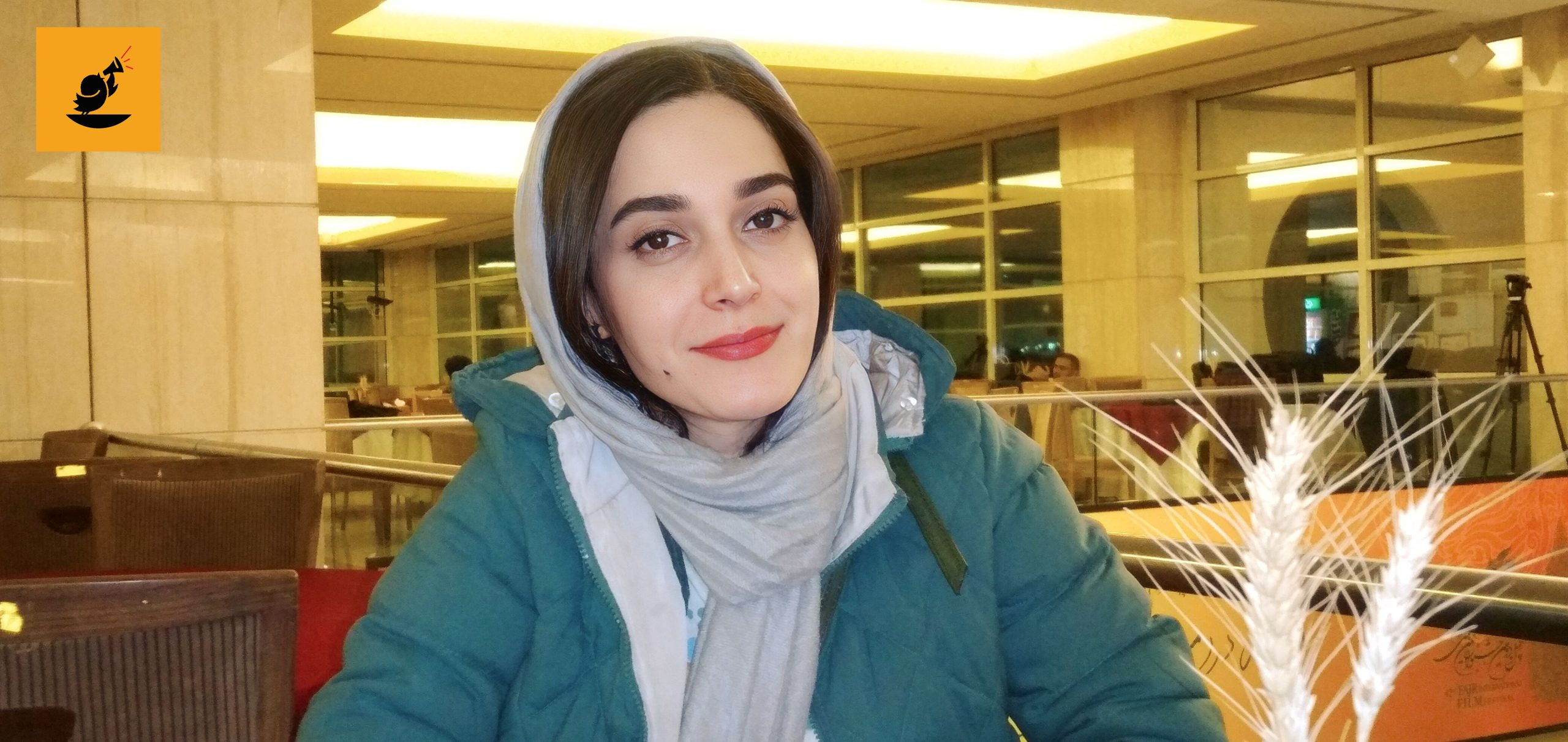
The film The Miracle of Parvin is a linear narrative of the life of Parvin E’tesami, written and directed by Mohammadreza Varzi. It carries clear messages, such as the fact that even during the Pahlavi era, women were under the pressure of a patriarchal society.
The screenplay does well in introducing its characters. It seems that since it is based on a biography, there was no intention to create any dramatic twists. The suspense is weak, but the ending is well done.
The dialogue writing, especially in the first few minutes of the film, is not good; it feels crowded, with more focus on the literary and poetic aspects. However, it improves as the film progresses.
Character development is generally good, though there are moments of weakness. The planting and payoff are not always adhered to. It’s worth mentioning that in works that are based on biographical narratives, creating characters that enhance the appeal of the work is natural. Therefore, don’t expect historic accuracy in every detail.
The performances of some actors in the first quarter of the film are not convincing, but they settle into their roles after that. They find the right tone and rhythm. Melika Sharifinia’s performance is excellent, as she brings both pain and humor to her character, successfully conveying emotions to the audience. Maral Baniadam performs better as the film progresses, to the point where by the end, we encounter a Parvin who communicates her inner existence through her eyes.
The editing, while having strengths, also contains weaknesses such as inappropriate cuts and a lack of consistent rhythm. There are redundant scenes.
The set design is excellent, with streets, markets, homes, and workplaces all designed with good taste and in line with the historical setting. The costume design follows suit, utilizing color psychology to introduce the characters.
The makeup is good in many instances, but it doesn’t succeed with the main character, as it does not resemble the subject.
The film’s soundtrack, especially the ending credits, is beautifully crafted, aligning with the mood and conditions and pushing the drama forward.
In terms of direction, while it has its strengths, it falls short in areas such as failing to supervise the final script and editing closely, not cutting unnecessary scenes, and not achieving a successful makeup design for the main character.
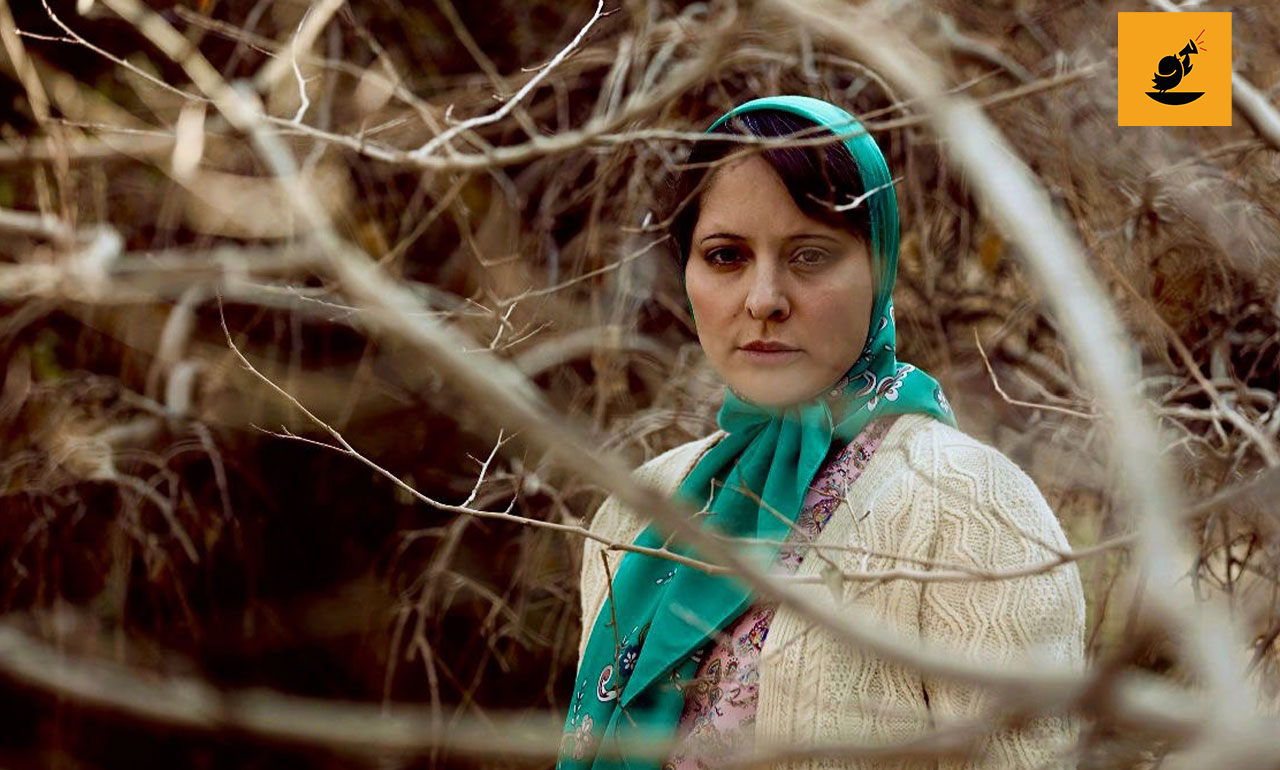
Notes about the film:
- Maral Baniadam, after Baran Kowsari, is the second actress to play the role of Parvin E’tesami, the renowned Iranian poet. Previously, Kowsari portrayed Parvin E’tesami in the TV series The Secret Network of Women.
- Mohammadreza Varzi’s interest in contemporary Iranian history, which begins in the early 1300s (Iranian calendar), was already evident in his TV series The Puzzle of Shah.
- Mohammadreza Sharifinia, who has focused more on producing in recent years, often collaborates with directors who have extensive experience in creating historical and ideological works.
- Behzad Abdi, the composer of The Miracle of Parvin, has won the Crystal Simorgh for Best Original Score for the films Al and Mazar-e-Sharif at the 28th and 33rd editions of the Fajr Film Festival, and also received an honorary diploma for Best Original Score for the film Alafzar at the 40th Fajr Film Festival.
- The Miracle of Parvin, alongside The Paradise of Criminals, are two films that deal with a period of contemporary history that is close in chronological terms, both depicting the early years of the second Pahlavi era.
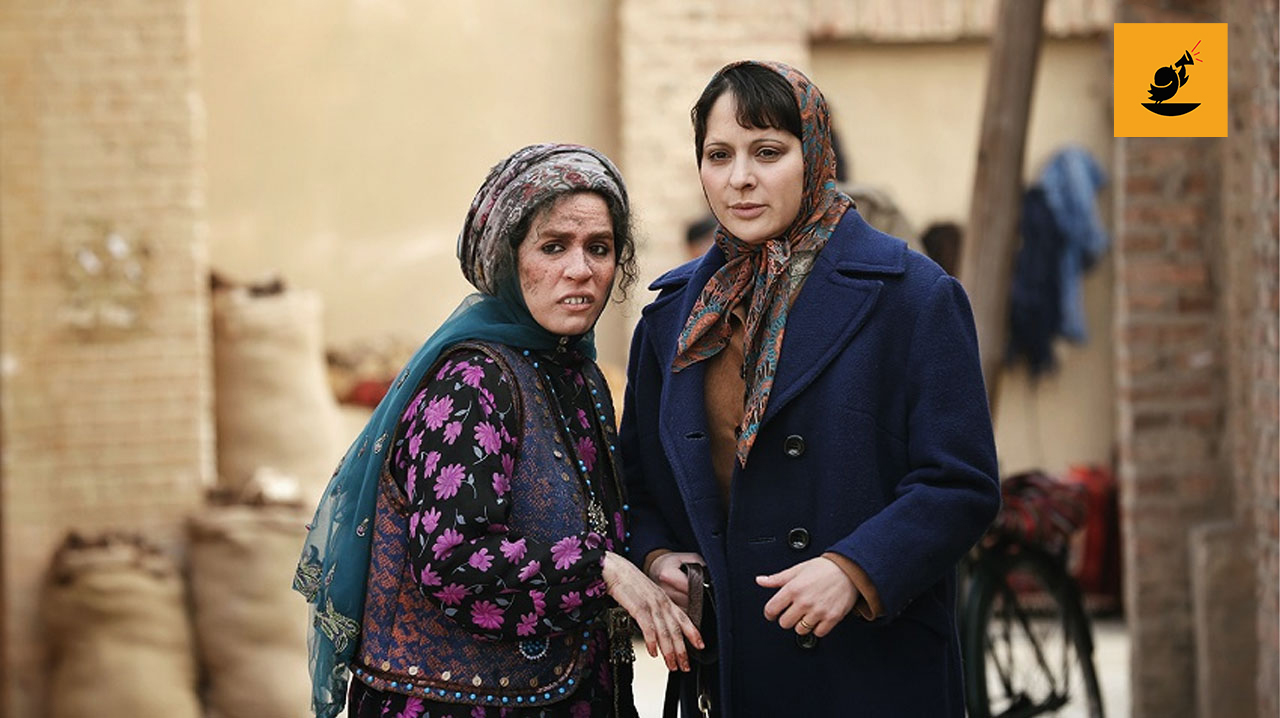
Statements of the Parvin Film Crew at the Fajr Film Festival Press Conference
Mohammadreza Varzi | Director:
The idea for this film came to me about 12 years ago. I have a strong interest in working on figures of national significance, and there is a lack of biographical films about prominent figures in Iranian cinema. I rewrote the script several times, and truly, the biographical sources for Parvin E’tesami’s life are limited. I love working on the lives of great figures. The new generation of filmmakers should pay more attention to producing such works. Films like Takhteh and Kamalolmolk were biographical films that left a lasting impact, and the need for such films is definitely there. Regarding the particular aspects I chose to focus on, I was constantly consulting with Mr. Sharifinia from the beginning, and my primary goal for this biography was to send a message. My message was mainly about how much a woman, in the specific circumstances of her time, struggled to establish herself, but unfortunately, she never got to experience the desire for fame in her time. Even during filming, we continued to work on the screenplay, striving to achieve the best possible version. I adore the poetry of Forough Farrokhzad, and I don’t know why there is this divide between the two poets and the comparisons that have been made. The family played a major role in Parvin E’tesami becoming who she was, and that’s why this film focuses on the life of her family—particularly where Parvin’s personality began to take shape. My choice for the role of her father was Mr. Sharifinia himself, despite his own reservations. One of our most important sources was from the perspective of a critic who had animosity towards Parvin; a book titled The Accusation of Poetry which contained observations he had made. The character played by Mr. Bijan Banafshekhah was based on this person. A collection of articles and interviews also served as key resources. We couldn’t cover every aspect of Parvin’s life in one film; if we had tried, it would have turned into a series. Agrin was inspired by Parvin’s poetry, particularly where she helped people and showed kindness… I tried to focus on this part of Parvin’s life.
Mohammadreza Sharifinia | Producer and Actor:
Today, the world is no longer looking for a perfect likeness of a person. In my opinion, a Parvin has been created. I now consider Maral Baniadam to be Parvin. It’s far more valuable to focus on the inner concepts of a character, not just the external likeness. They compare a picture of Parvin’s father at twenty-something years old with my image at over sixty, but that’s really not the point. Honestly, I didn’t want to be an actor in this project. But I’m proud to be part of such a distinguished project. Parvin is the only woman who truly claimed her rights from society.
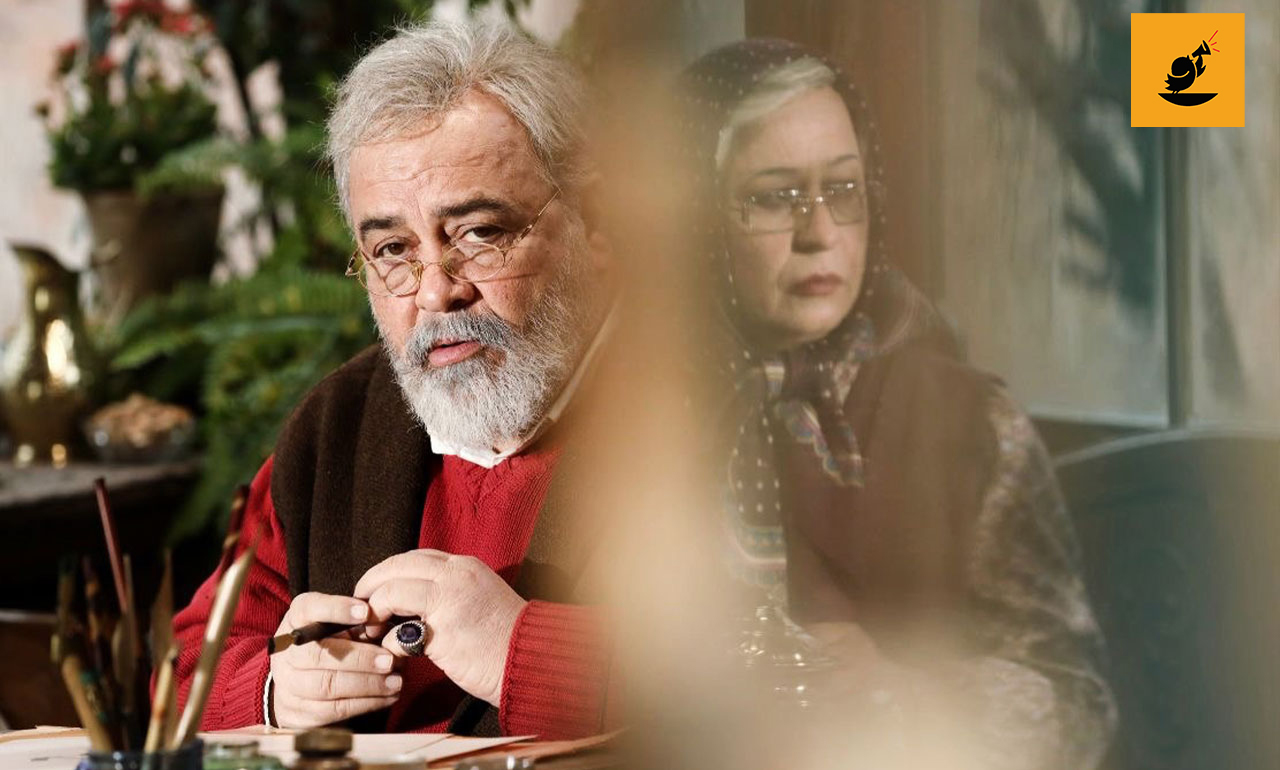
Maral Baniadam | Actress playing Parvin E’tesami:
Playing this role was a great privilege and the greatest artistic opportunity of my life. Before I started, I visited her grave and asked for permission. I hope Iranian cinema takes advantage of the legacies of these great figures. The biographies of individuals who can teach us the right ways and methods are invaluable. When I joined this project, I had little time, and we had several hours-long meetings with Mr. Varzi, who provided me with resources. I also asked researchers to share different materials and sources related to this great poet. They gave me letters that this great poet had written to her close friend. I compiled all the sources and tried to make the most of them. The competition for the Crystal Simorgh is indeed exciting, but I hope the actor who truly deserves it takes the award home. My parents watched the film, and my father told me he was satisfied with my performance, and that was the greatest Simorgh for me.
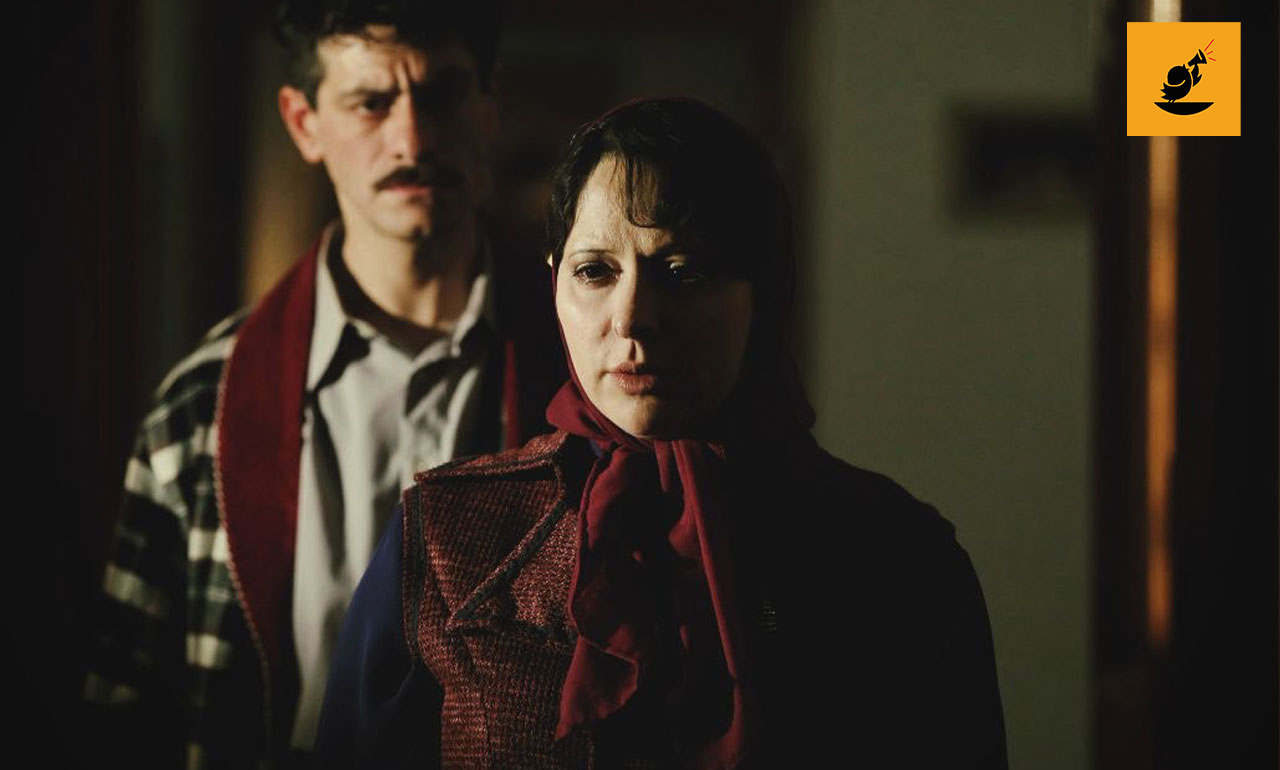
Azita Hajian | Actress:
Playing the role of Parvin’s mother was a great honor for me. Perhaps the younger generation is more familiar with Forough, but Parvin truly has very beautiful poetry. Every source that was available was provided to us. Parvin’s mother, like any other mother, was concerned about her child. I portrayed a mother with all her worries and concerns.
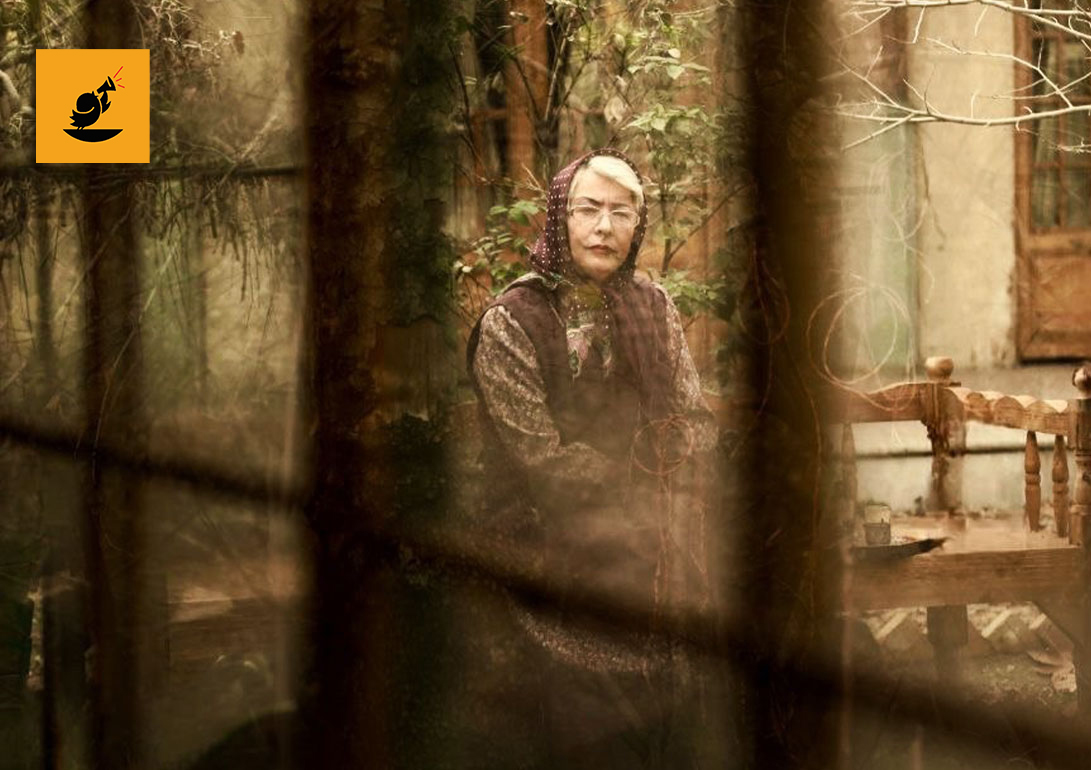
Melika Sharifinia | Actress:
The role of Agrin was very intriguing for me, and this character is a product of the writer’s imagination; she doesn’t exist in real life. I felt her struggles and sorrow with all my being. I am very grateful to Mr. Varzi for his help, and I also want to thank my dear mother and Maral.
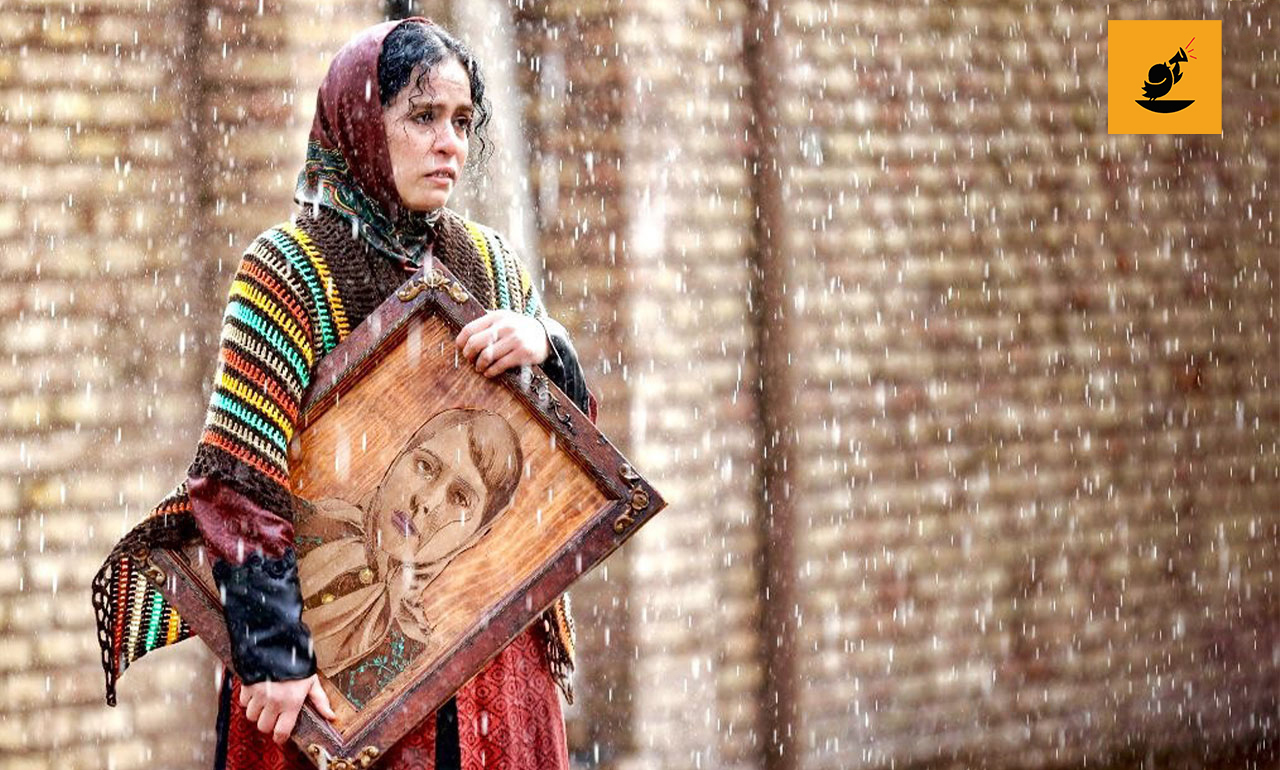
Mohammad Shabannpour | Actor:
I was originally supposed to play Fazlollah, but things changed, and they told me I would play Abolfath. After some time, they said I would play Parvin! I’m very grateful to Mr. Sharifinia and Mr. Varzi. It’s very difficult to perform in such a space for someone who is doing their first cinematic role. Most people know me from my comedic works, and not everyone would take this risk. That’s why I’m thankful to Mr. Varzi and Mr. Sharifinia. If my performance turned out well, it’s because of my partners in this project.
Mohammadreza Shabani Nouri | Actor:
After 26 years, Mr. Sharifinia remembered me again. We had worked together in Golabi Tree. Mr. Sharifinia helped me a lot. During this time, I made 20 short films. I am grateful to all my dear and esteemed colleagues. I’m especially grateful to my beloved teacher, Ms. Hajian, who helped me so much. The educational aspect of cinema is very important to me. I’m really happy to have acted in a film that has both an enlightening and entertaining quality. Such works can be beneficial to society.
Ali Kian Arthi | Sound Engineer:
More than half of the sound in this film was done on set. Creating such works involves a lot of hard work in sound engineering, and it contributes significantly to the overall impact of the film.
Farshad Khaleghi | Cinematographer:
For a cinematographer, being part of such a project is a blessing. This is my several times collaborating with Mr. Varzi. The choice of cameras and lenses was designed to achieve the desired texture for the film. For example, in the lighting of Parvin’s house, we tried to use soft lighting. Every time I entered a scene, I entered with the mood of Parvin. I specially thank the cinematography team.
Behzad Abdi | Composer:
The music for this film was one of the hardest projects, and it was my second time collaborating with Mr. Sharifinia and Mr. Varzi. I really love the work because of the story that unfolds on screen, and I’m satisfied with my work. If something has been accomplished, it’s been a collective effort, and I’ve tried to convey the voices of my colleagues. The main instrument was the cello, which carries a romantic tone. The balavan and string orchestra were also part of the work. The music has rhythm. Naturally, music without rhythm doesn’t really exist. The main goal was that we tried to keep the rhythm in mind, and if I succeeded, it’s thanks to God and the support of my colleagues.
